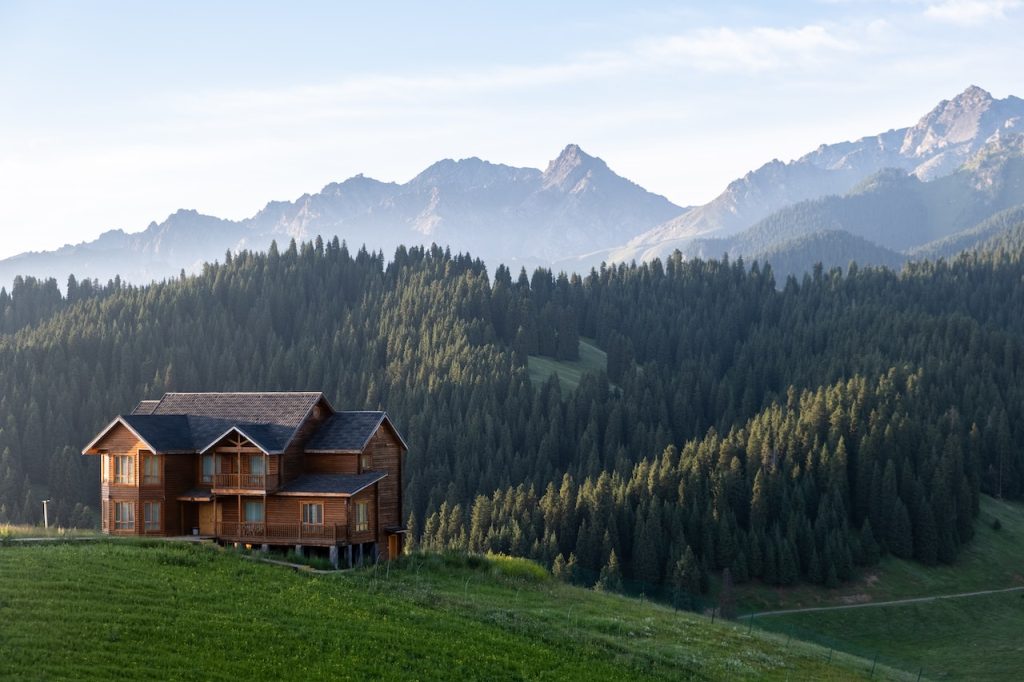Introduction
Living off-grid doesn’t mean you have to sacrifice fresh, home-grown produce during the colder months. With a sustainable backyard greenhouse, you can enjoy a variety of fruits and vegetables all year round. This post will guide you through the process of setting up your own greenhouse, from determining the right size to planning the layout and rotation of your garden.
What is Off-Grid Living?
Off-grid living refers to a lifestyle that is self-sufficient and does not rely on public utilities such as electricity, water supply, or sewerage. It’s about living in harmony with nature, using renewable resources, and reducing your carbon footprint. A key aspect of off-grid living is growing your own food, and a backyard greenhouse can play a crucial role in this.
Determining the Size of Your Greenhouse
The size of your greenhouse will largely depend on the space available in your backyard and the amount of produce you wish to grow. As a rule of thumb, a 12×12 feet greenhouse can comfortably accommodate small to medium-sized gardens. If you plan to grow a larger variety of crops or in larger quantities, consider a larger structure, such as 20×20 feet or even 30×40 feet.
How to Determine the Right Size for Your Greenhouse
- Evaluate Your Space: Measure the available space in your backyard. Consider the shape of your yard and any existing structures or trees that may cast a shadow on your greenhouse.
- List Your Crops: Make a list of all the crops you wish to grow in your greenhouse. Consider the space each plant needs to grow healthily.
- Plan for Growth: Remember to leave some extra space for future expansion or for plants that may grow larger than expected.
Remember, it’s not just about the ground space. The height of the greenhouse is also important to allow your plants to grow freely and to ensure proper air circulation. A height of 8-10 feet is usually sufficient for most crops.
Planning the Layout
The layout of your greenhouse should be designed to maximize sunlight exposure and ease of maintenance. Here are some tips:
- Raised Beds: Consider using raised beds for your plants. They provide excellent drainage and make it easier to manage your plants. The beds should be no more than 4 feet wide to easily reach the center from either side.
- Pathways: Ensure you have clear pathways for easy access to all plants. A width of 2 feet for the main path and 1 foot for side paths is usually sufficient.
- Orientation: Align the greenhouse and the beds in a way that they run from north to south. This ensures that all plants get an equal amount of sunlight throughout the day.
- Ventilation and Insulation: Install vents or fans at the top of the greenhouse to let hot air escape. During colder months, use bubble wrap or a similar insulator to keep the greenhouse warm.
Step-by-Step Guide to Planning Your Greenhouse Layout
- Sketch Your Layout: Start by drawing a rough sketch of your greenhouse on a piece of paper. Mark the location of the beds, paths, and any other features such as a compost bin or a tool shed.
- Choose Your Plants: Decide which plants you want to grow in your greenhouse. Consider their sunlight and space requirements, as well as their compatibility with other plants.
- Arrange Your Plants: Arrange your plants in a way that allows all of them to receive adequate sunlight. Taller plants should be placed where they won’t block the sun for shorter plants.
- Plan Your Paths: Make sure you have easy access to all plants for watering, pruning, and harvesting. Paths should be wide enough to walk comfortably and to carry tools or harvest baskets.
Ideal Planting and Rotations
Rotating your crops is crucial for maintaining soil health and nutrient levels, and for preventing diseases and pests. Here’s a simple 4-group rotation you can follow:
- Leafy Greens and Legumes: Spinach, lettuce, peas, and beans. These plants add nitrogen to the soil.
- Fruit-bearing Plants: Tomatoes, peppers, cucumbers, and squash. These plants benefit from the added nitrogen.
- Root Vegetables: Carrots, beets, onions, and garlic. These plants are less demanding but benefit from well-drained soil.
- Brassicas: Cabbage, broccoli, kale, and cauliflower. These plants are heavy feeders and will use up the remaining nutrients.
Start with group 1 and move to the next group each planting season. This rotation helps to balance the nutrients in the soil and reduces the risk of pests and diseases.
Detailed Guide to Crop Rotation
- Prepare Your Soil: Before you start planting, prepare your soil by adding compost or other organic matter. This will provide your plants with the nutrients they need to grow.
- Plant Your First Group: Start with leafy greens and legumes. These plants add nitrogen to the soil, which will benefit the next group of plants.
- Harvest and Rotate: Once you’ve harvested your first group of plants, it’s time to plant the next group. Remember to add more compost or organic matter to replenish the nutrients in the soil.
- Continue the Rotation: Continue this process with each group of plants. By the time you get back to the first group, the soil should be rich in nutrients again.
Conclusion
A sustainable backyard greenhouse can provide a year-round supply of fresh produce for your off-grid living. With careful planning and maintenance, you can enjoy a variety of healthy, home-grown fruits and vegetables right from your backyard. Happy gardening!
Remember, every garden is unique. Don’t be afraid to experiment and find what works best for you and your plants. After all, gardening is as much an art as it is a science. Happy planting!



